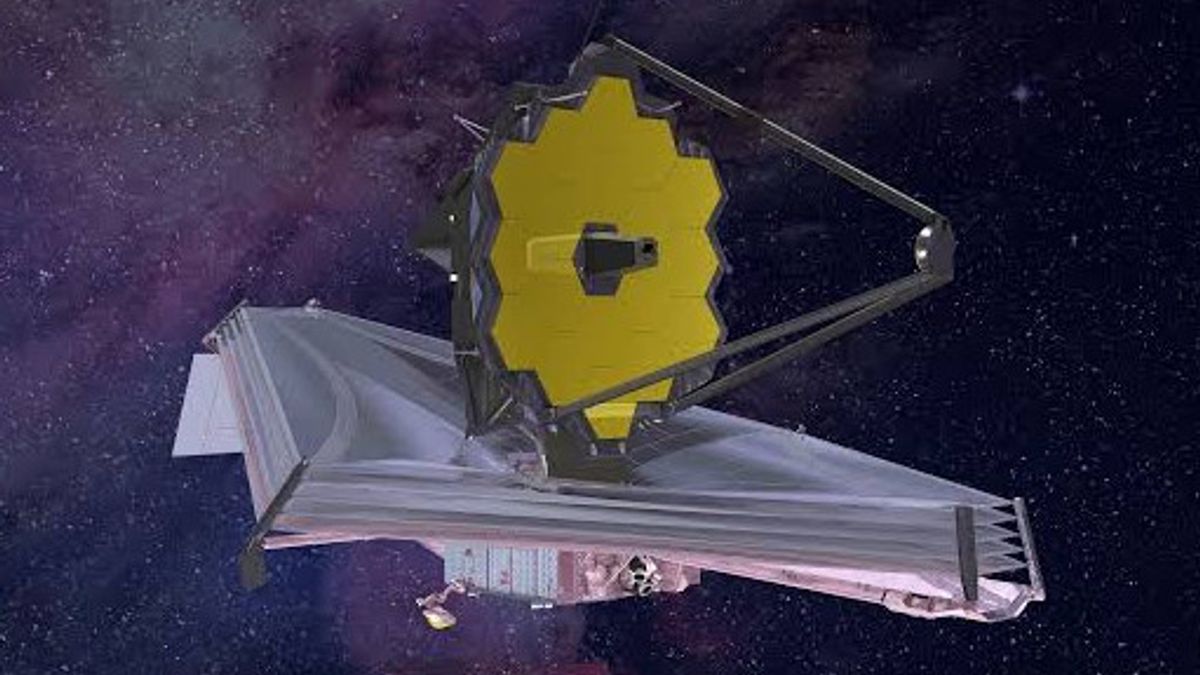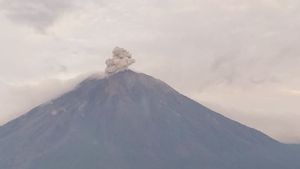JAKARTA - Nearly four months after launch, the James Webb Space Telescope is currently completing the seventh and final step in its mirror alignment process to spy on alien planets other than Earth.
That process involves the Mid Infrared Instrument (MIRI), which is now being cooled to its very cold operating temperature, the telescope mirror will also continue to cool to its final temperature, but not quite there.
“The primary and secondary mirror segments are made of beryllium (gold plated). At cryogenic temperatures, beryllium has a long thermal time constant, which means it takes a long time to cool or heat up. The main mirror segment is still cooling, very slowly," said Webb deputy senior project scientist Jonathan Gardner.
One of the problems space mission designers need to address is that most materials deform as they cool.
If the mirror segments are made of glass, they will warp as the temperature changes, which means careful work is required to align the mirror, otherwise it will be lost.
That's why mirrors are made of beryllium, which has a property called low thermal expansion, meaning that it deforms very little when heated. That means even though the main mirror segments cooled, they didn't affect the telescope's alignment process.
In addition to the 18 primary mirror segments, which currently vary in temperature from 34.4 kelvin to 54.5 kelvin, there are also secondary mirrors to consider. The small circular mirror is at the end of its long arm and is currently at 29.4 kelvins, cooler because it is located further away from the heat source.
The mirror segment is now cool enough, below 55 kelvins, that it won't prevent MIRI from starting science operations. However, the Webb Telescope team hopes that temperatures will be cooler, by 0.5 to 2 kelvins, allowing MIRI to take more accurate research readings.
The exact temperature they reach is related to the way the telescope and its massive sun visor point toward the Sun. The angle at which the telescope is relative to the Sun depends on the target it is looking at, and this angle changes the temperature of the telescope over time.
When the Webb Telescope begins science operations this summer, it is expected that its average temperature will drop slightly more as the direction it points changes.
The English, Chinese, Japanese, Arabic, and French versions are automatically generated by the AI. So there may still be inaccuracies in translating, please always see Indonesian as our main language. (system supported by DigitalSiber.id)








